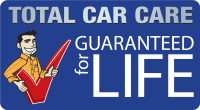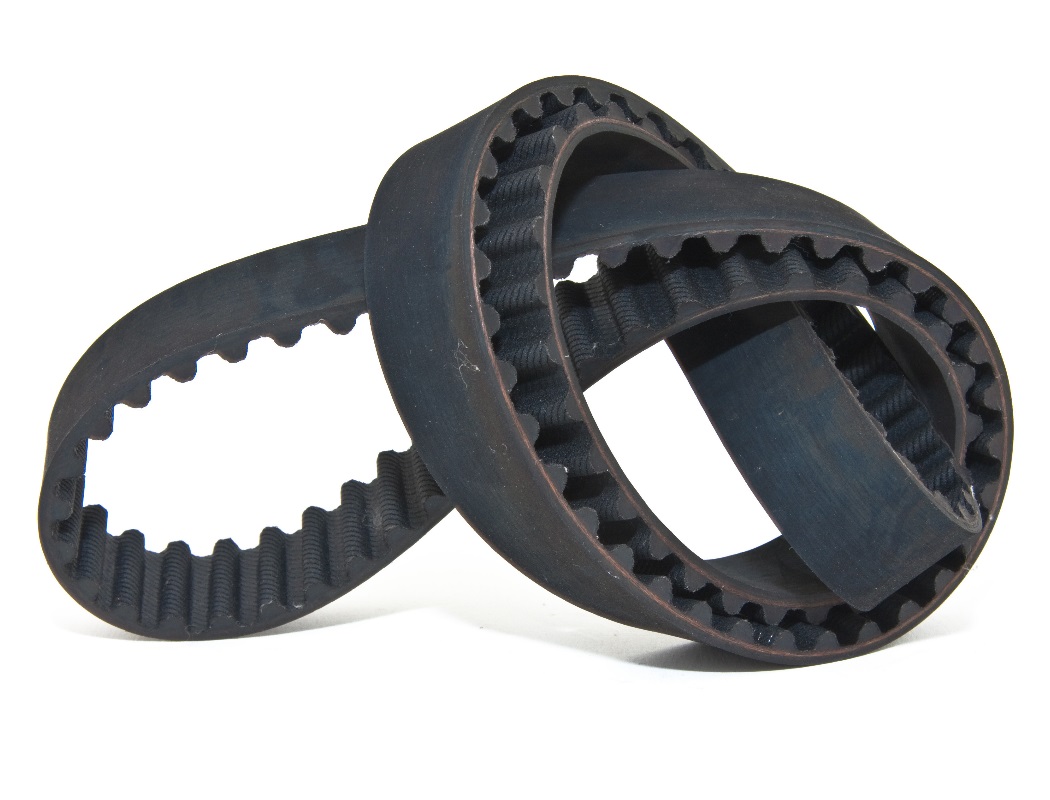Wheel Alignment
Alignment refers to the angle your tire contact the pavement, and is usually measured in degrees positive or negative. Alignment is surprisingly important, affecting the way your tires wear, the tendency on your car to travel straight, and overall steering “feel.” If your tires are not properly aligned, you will end up wearing the tires out more quickly and potentially creating some driving hazards.
When tires are misaligned, they wear out unevenly relative to each other and within each tire’s own tread. The tires will also likely show a rough and slightly torn appearance. When tires wear unevenly, their life span is shortened. Since the tires won’t wear as long, you’ll have to replace them more often, which can get expensive. More importantly, bad tread on your tires means poor traction when you drive. Having bad tire traction affects your car’s ability to stop under all circumstances and it can increase the danger of bad driving conditions if there’s mud, snow or water on the road.
Also, tires with uneven wear won’t handle as well as other tires. Your tire gets a number of ratings, including the uniform tire quality grading (UTQG) system ratings from the U.S. National Highway Traffic Safety Administration (NHTSA); these ratings tell you the tread wear, traction and temperature capabilities of your tires. Your tire also has some manufacturers’ information (such as tire type, width, aspect ratio, construction type, and rim diameter). All of these ratings are based on your tires being properly inflated and aligned. If you don’t maintain your tires, you won’t really know how much heat your tires can handle, how much load your car can carry or find meaning in any of the information provided. As a result, you’re literally driving blind regarding what your car can do when you drive on misaligned tires.
Similar to most car maintenance subjects, there is no absolute answer to this question. There are a lot of factors to be considered, including how frequently you drive your vehicle, the overall quality of the roads you drive on, and the quality of your tires. A general rule of thumb is to have your wheel alignment and wheel balance checked every 12,000-15,000 miles or once a year. Doing so will help you cut down on costly repairs, and fuel wastage. It will also help ensure safe and smooth operation of your vehicle.
It is always important to keep your car running in peak condition; this will ensure not only the longevity of your vehicle’s lifespan, but also the overall safety of you and your passengers. Improper wheel alignment and wheel balance will cause three major problems on your car – irregular tire wear, handling problems, and a crooked steering wheel. All of which can and will lead to high out of pocket costs for you, and detrimental wear on your vehicle.
Extended driving over poorly maintained roads is a big contributor to a vehicle’s change in wheel alignment and balance. Obviously you have no control over the state of your local roads, but driving with an extra bit of caution on such roads can go a long way. Joints in the suspension system will wear gradually, making it difficult to hold your car’s alignment in place. These changes are slow, but regular car check-ups will help keep this small problem from becoming a big one.
There are a few helpful tips that will let you know when it’s time to come see us to have your vehicle’s wheel alignment and wheel balance fixed. Visually inspect your tires monthly. If you notice an excessive amount of wear on the inside or the outside edge of the tires then it is likely that your wheel alignment is askew. If you notice an unusual pull to one side or the other when driving that is a tell tale sign of improper wheel alignment as well. If your steering wheel is noticeably crooked then it is also a good time to come in and have us take a look.
Fact: What’s the average lifetime replacement cost? Answer: $419.70-$839.40Disclaimer Information: The above listed information is based on the average vehicle on the road today is 11.7 years; experiencing sever weather climate, and extreme driving conditions and driving habits. This is the opinion of Total Car Care Guaranteed For Life, Inc and you should always refer to your vehicle owner manual. Price estimation includes parts and labor cost to replace original replacement part.

